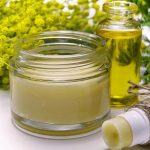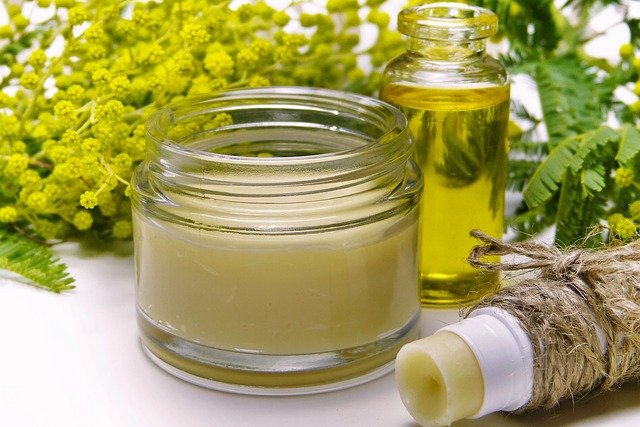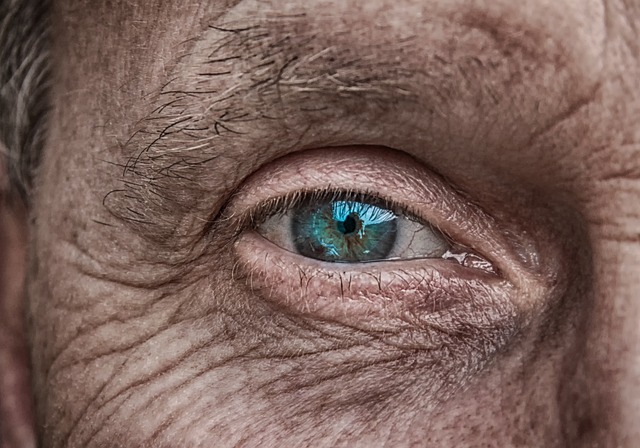As we know, our skin is a complex organ composed of multiple layers, each with its distinct structure and function. The following are the seven primary layers of the skin, starting from the outermost layer:
1. Epidermis: This is the outermost layer of the skin. And mainly acts as a protective barrier against the external environment and is responsible for the skin’s colour. Additionally, it consists of several sub-layers, including the stratum corneum, granulosum, stratum spinosum, and stratum basale. Its primary function is preventing water loss and protecting the body from harmful substances and microorganisms.
2. Dermis: The dermis lies beneath the epidermis and provides structural support to the skin. Also, it contains blood vessels, hair follicles, sweat glands, and nerve endings. And along with it, includes the papillary dermis and the reticular dermis. However, it plays a crucial role in regulating body temperature, housing sensory receptors, and providing strength and elasticity to the skin.
3. Hypodermis (Subcutaneous Tissue): The hypodermis is the deepest layer of the skin. It primarily consists of adipose tissue (fat) and serves as an insulating layer, providing cushioning and protection to the underlying structures of the body
4. Stratum Corneum: The stratum corneum is the outermost layer of the epidermis. That’s why Its responsibility is to comprise dead skin cells called corneocytes rich in keratin, a protein that gives strength and waterproofing properties. The stratum corneum acts as a barrier, preventing water loss and protecting the underlying layers from environmental factors such as chemicals, bacteria, and UV radiation.
5. Stratum Granulosum: The stratum granulosum is an epidermis layer beneath the stratum corneum. It contains granules filled with lipids and proteins, which contribute to the waterproofing and barrier functions of the skin. This layer produces keratin, an essential protein in the skin’s structure.
6. Stratum Spinosum: This skin layer consists of several cell layers connected by structures called desmosomes. These desmosomes provide strength and support to the skin and contribute to its overall integrity.
7. Stratum Basale (Basal Layer): The stratum basale is the innermost layer of the epidermis. It contains basal cells continuously dividing and producing new cells that migrate toward the skin’s surface. The stratum basale also houses melanocytes, which have the pigment melanin responsible for skin colour and protection against UV radiation.
Each layer of the skin has specific functions that contribute to the organ’s overall health, protection, and functionality. Moreover understanding the actual concept of these layers and their roles helps us comprehend the complexities and remarkable capabilities of the human skin.

How much thickness Seven Layers Of Skin layer of skin
The thickness of the skin can vary in different areas of the body. So we can assume that on average, the skin is approximately 0.5 millimetres (mm) to 4.0 mm thick. Hence we are just brief some of the general thickness measurements for different areas:
- Thinnest Skin: The most delicate skin is typically found on the eyelids and measures around 0.5 mm thick.
- Face: The skin on the front is relatively thin and ranges from 0.5 mm to 2.0 mm.
- Palms of Hands and Soles of Feet: Interestingly, our skin is measured between 1.5 mm to 4.0 mm thick.
- Back, Chest, and Upper Arms: The skin on these areas is generally thicker, ranging from 1.0 mm to 2.0 mm.
Additionally, factors such as age, genetics, and overall skin health can influence the thickness of the skin.
How Modern Products impact the Seven Layers Of Skin
Particularly everyday modern skincare products have a direct and indirect effect on our skin.
1. Cleansing and Exfoliation: Skincare products such as cleansers and exfoliators help remove dirt, oil, and dead skin cells from the skin’s surface. This process can prevent clogged pores, reduce the occurrence of acne breakouts, and promote a smoother and brighter complexion.
2. Moisturization: Moisturizers are designed to hydrate the skin and restore its moisture balance. They help prevent dryness, flakiness, and roughness, keeping the skin soft, supple, and nourished. Proper moisturization can also enhance the skin’s barrier function, reducing water loss and protecting it from external irritants.
3. Anti-Aging Effects: These products may contain antioxidants, retinol, peptides, or other active ingredients that help stimulate collagen production, improve skin elasticity, and promote a youthful appearance.
4. Sun Protection: Skincare products with sunscreen ingredients help shield the skin from harmful ultraviolet (UV) radiation. Because regular use of sunscreen can prevent sunburn, premature ageing, and the risk of skin cancer. So choosing a broad-spectrum sunscreen with an appropriate SPF (Sun Protection Factor) and reapplying as directed for optimal protection is essential.
5. Treatment of Specific Skin Concerns: Skincare products are often formulated to address specific skin concerns, such as acne, hyperpigmentation, or sensitivity. These products may contain salicylic acid, benzoyl peroxide, niacin amide, vitamin C, or hyaluronic acid, which can target and improve specific skin conditions.
6. Irritation and Sensitivity: While skincare products aim to improve the skin, it’s important to note that specific individuals may experience adverse reactions or sensitivity to certain ingredients. Allergies, skin irritation, or redness can occur due to individual differences in skin types or specific ingredient sensitivities. It is advisable to patch-test new products before applying them to the entire face and to consult a dermatologist if any persistent skin concerns arise.

7. Psychological Impact: Skincare products can also indirectly impact our skin through psychological factors. Taking care of our skin and using skincare products that make us feel good can improve self-esteem, confidence, and overall well-being. Positive emotions can indirectly impact our skin by reducing stress and promoting a healthy lifestyle.
Choosing products suitable for your skin type, addressing your concerns, and following a consistent skincare routine are essential.
What is the skincare routine for different types of skin?
A skincare routine can be customized based on individual skin types. So according to this some general guidelines for different skin types are here for your kind review and information only:
Normal Skin:
- Cleansing: Using a gentle cleanser twice daily is very healthy to remove impurities.
- Toning: Apply a mild toner to help balance the skin’s pH.
- Moisturizing: Use a lightweight moisturizer to keep the skin hydrated.
- Sun Protection: It’s advisable to regularly apply broad-spectrum sunscreen with an appropriate SPF during the day.
Dry Skin:
- Cleansing: Use a hydrating, non-foaming cleanser to avoid stripping the skin’s natural oils.
- Hydration: Apply a moisturizer rich in hydrating ingredients, like hyaluronic acid.
- Facial Oils: Consider incorporating facial oils to nourish and lock in moisture.
- Sun Protection: Use a moisturizer or sunscreen with SPF to protect against sun damage.
Oily Skin:
- Cleansing: Use a gentle cleanser twice daily to remove excess oil and impurities.
- Exfoliation: Include a chemical exfoliate with ingredients like salicylic acid to unclog pores.
- Oil Control: Apply an oil-free or mortifying moisturizer to reduce shine.
- Sun Protection: Choose a lightweight, oil-free sunscreen to avoid clogging pores.
Combination Skin:
- Cleansing: Use a gentle cleanser twice daily to balance oil production without drying the skin.
- Toning: Apply a toner only to the areas that tend to be oily or acne-prone.
- Moisturizing: Use a lightweight moisturizer for the whole face and adjust the application to drier areas.
Sensitive Skin:
- Gentle Cleansing: Use a mild, fragrance-free cleanser without harsh ingredients.
- Moisturizing: opt for a hypoallergenic moisturizer with soothing ingredients like aloe Vera or chamomile.
- Patch Testing: Before trying new products, perform a patch test to give us an idea of their worse effects on our skin.
- Sun Protection: Choose a gentle sunscreen formulated for sensitive skin.
Remember, these are general recommendations, and paying attention to your skin’s specific needs and adjusting your routine accordingly is essential. It’s also advisable to consult with a dermatologist or skincare professional for personalized guidance based on your skin’s characteristics.
















